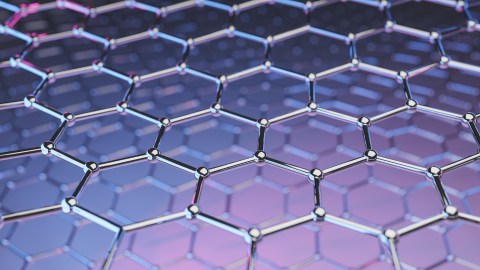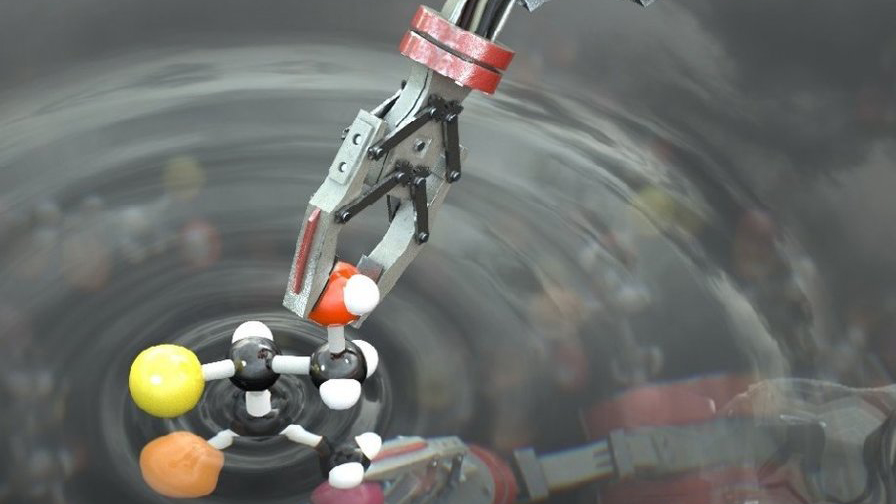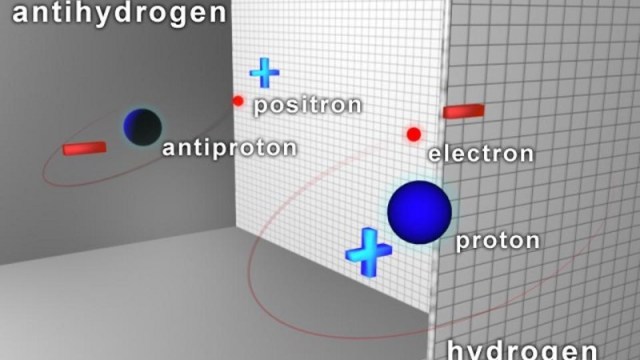Graphene May Be the Key to Drinkable Ocean Water

Image source: Perig/Shutterstock
Graphene is absolutely amazing stuff, the lightest, strongest stuff we know of. According to the University of Manchester:
Scientists the world over are envisioning uses for the one-carbon atom thick, essentially two-dimensional allotrope, including:
And now, a team of scientists at University of Manchester have developed a solution to one of our most serious and vexing problems: Efficiently turning salty seawater into potable H2O. It could lead to a way, as Science Alert puts it, “to quickly and easily turn one of our most abundant resources, seawater, into one of our most scarce — clean drinking water.” The UN says that 1.2 billion people currently live in areas with insufficient drinkable water.
Graphene was first produced in 2004 when two scientists at The University of Manchester, Andre Geim and Kostya Novoselov stripped away layers of graphite one at a time using Scotch tape(!) until only a single layer, graphene, remained.
The new technique uses a new graphene-oxide membrane as a sieve that filters out salt molecules from water.
Graphene membrane (UNIVERSITY OF MANCHESTER)
The idea of using graphene-oxide membranes for desalinization isn’t new — their atom-scale pores are perfect for the job — but this is the first successful attempt to make it happen. When previous membranes were immersed in water, they’d absorb it, swelling up and enlarging the pores, ruining their ability to catch tiny salt molecules. The University of Manchester’s team, led by Rahul Nair, has solved this problem by building walls of epoxy resin around the membrane to keep its atoms dry when underwater.
Now that they have that issue resolved, as Nair told Phys.org, “Realization of scalable membranes with uniform pore size down to atomic scale is a significant step forward and will open new possibilities for improving the efficiency of desalination technology.”
While still in the experimentation stage, Nair says his team’s results bode well for manufacturing membranes large enough to be deployed on a large scale. “This is the first clear-cut experiment in this regime. We also demonstrate that there are realistic possibilities to scale up the described approach and mass produce graphene-based membranes with required sieve sizes.”
As exciting a solution as this may prove to be for generating drinkable water, the team says water’s just the beginning when it comes to purpose-built sieves using graphene. “The developed membranes are not only useful for desalination, but the atomic scale tunability of the pore size also opens new opportunity to fabricate membranes with on-demand filtration capable of filtering out ions according to their sizes,” says Jijo Abraham, who co-authored the research with Nair and Vasu Siddeswara Kalangi.





